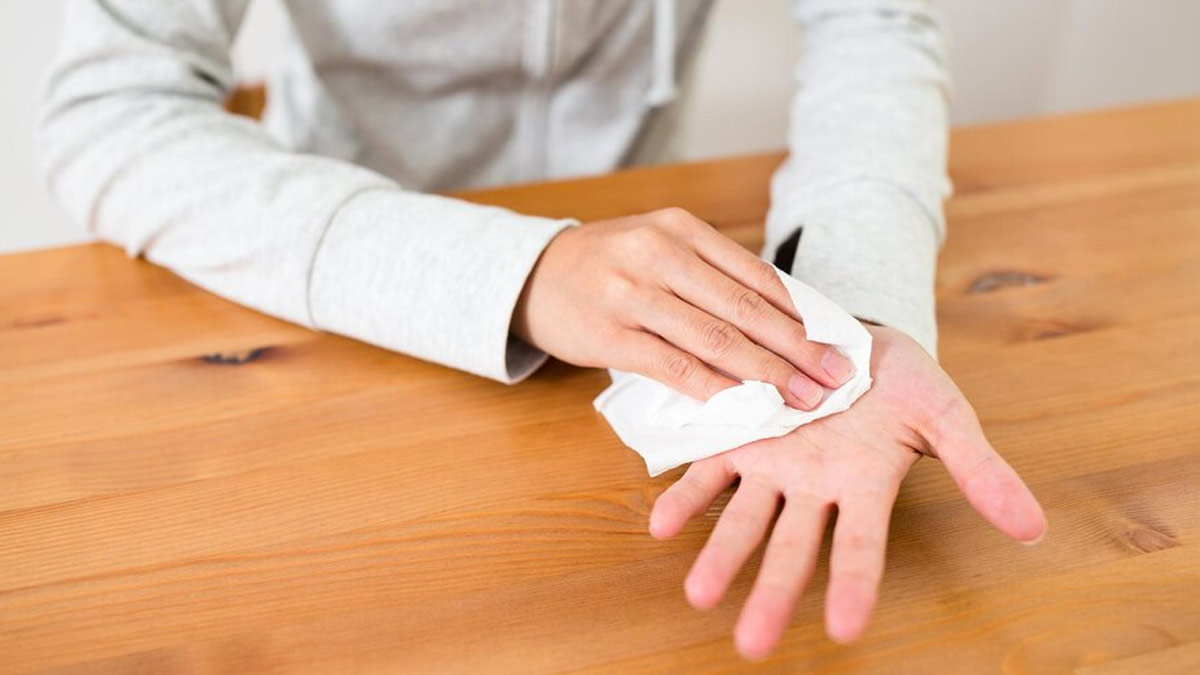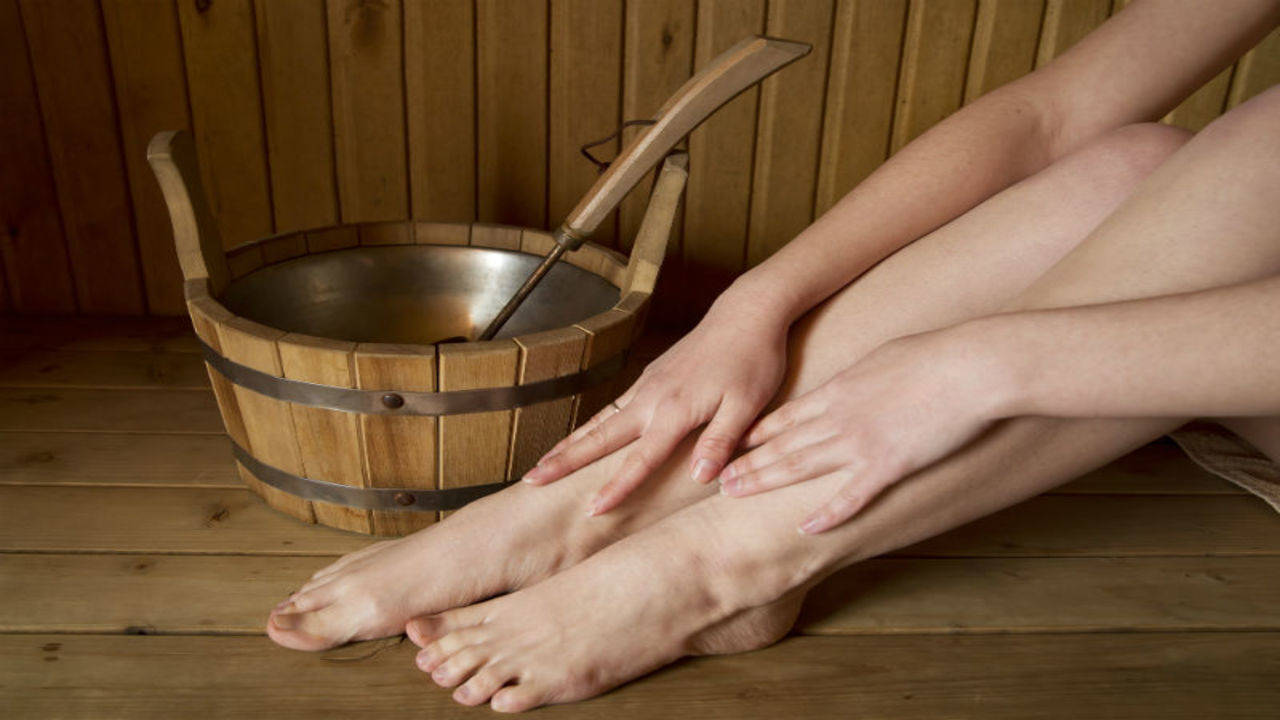Top Dermatology Treatments for Hyperhydrosis of Hands and Feet: What You Need to Know
Top Dermatology Treatments for Hyperhydrosis of Hands and Feet: What You Need to Know
Blog Article
Unveiling the Intricacies of Excessive Sweating: A Comprehensive Guide to Diagnosis and Monitoring
Extreme sweating, clinically understood as hyperhidrosis, is a condition that impacts a considerable number of people and can have a profound influence on their top quality of life. While sweating is a natural physical function, its overactivity in hyperhidrosis provides an unique set of challenges that usually go past plain pain.

Comprehending Hyperhidrosis Causes
Hyperhidrosis causes can be attributed to different aspects such as genetics, hormonal inequalities, and certain medical problems. Genetics play a considerable duty in primary focal hyperhidrosis, where people acquire the condition from their family members. By recognizing the particular variables contributing to excessive sweating, medical care service providers can tailor therapy plans to address the underlying cause, offering alleviation and enhancing the high quality of life for people impacted by hyperhidrosis.
Recognizing Hyperhidrosis Symptoms

Moreover, hyperhidrosis signs may manifest in psychological and social distress, as individuals might feel embarrassed or anxious about their sweating, causing evasion of social circumstances (Treatment for hyperhydrosis of hands). In addition, duplicated episodes of excessive sweating can lead to skin maceration, fungal infections, and a general decline in self-esteem
Diagnostic Process for Hyperhidrosis
Initiating the diagnostic process for excessive sweating involves thorough analysis of the individual's case history and health examination. Asking about the onset, period, and sets off of sweating episodes is critical to differentiate in between main focal hyperhidrosis and second generalised hyperhidrosis. Case history needs to also consist of inquiries regarding medicines, clinical problems, and household history of hyperhidrosis.
Throughout the physical exam, particular focus is paid to the areas affected by sweating. The doctor may evaluate the level of sweating, check for indicators of underlying problems, and review the effect of sweating on the individual's lifestyle. Additionally, specific tests like the gravimetric examination, starch-iodine examination, or skin conductance measurements may be performed to quantify the amount of sweat created.
Moreover, in situations where second hyperhidrosis is believed, additional tests such as blood tests, pee examinations, and imaging research studies may be suggested to identify the underlying root cause of too much sweating. The diagnostic procedure intends to properly determine the kind and reason of hyperhidrosis to direct proper monitoring methods.
Therapy Choices for Hyperhidrosis
When attending to extreme sweating, different treatment options are available to minimize symptoms and boost the person's lifestyle. The therapy approach for hyperhidrosis depends on the severity of signs and symptoms and the client's feedback to first therapies.
Topical treatments, such as aluminum-based antiperspirants, are usually advised as the first line of defense for taking care of mild instances of hyperhidrosis. For people with extra severe symptoms, dental medications like anticholinergics might find more info be prescribed to help reduce sweating.

Effective Monitoring Approaches
To effectively handle hyperhidrosis, a extensive and individualized treatment strategy tailored to the individual's certain demands and reaction to previous treatments is necessary. This plan might integrate a combination of therapeutic strategies, consisting of way of life modifications, topical therapies, oral medicines, botulinum contaminant shots, iontophoresis, and in serious instances, medical interventions like gland removal or sympathectomy. Way of living modifications such as using moisture-wicking clothes, making use of antiperspirants, and exercising stress-reducing strategies can match clinical interventions. Topical antiperspirants consisting of light weight aluminum chloride are typically the first-line therapy, with stronger formulations offered for resistant situations. Dental drugs like anticholinergics may be prescribed for generalised hyperhidrosis. Botulinum toxin injections are efficient for focal hyperhidrosis, offering short-lived alleviation by blocking the launch of acetylcholine. Iontophoresis, entailing using a reduced electrical existing to reduce gland task, can be beneficial for both palmoplantar and axillary hyperhidrosis. Surgical options are normally booked for severe, refractory cases and need careful consideration of dangers and benefits. A multidisciplinary method including skin doctors, main care physicians, and, if required, doctors, can enhance the monitoring of hyperhidrosis.
Verdict
In verdict, hyperhidrosis is a problem characterized by extreme sweating, which can significantly impact a Look At This person's high quality of life. With appropriate diagnosis and administration strategies, people enduring from hyperhidrosis can find relief and boost their general wellness.
Excessive sweating, medically known as hyperhidrosis, is a condition that affects a substantial number of people and can have an extensive influence on their quality of life. By recognizing the certain factors contributing to too much sweating, healthcare providers can tailor therapy plans to resolve the underlying reason, offering alleviation and boosting the top quality of life for people influenced by hyperhidrosis.
Hyperhidrosis, characterized by excessive sweating beyond what is required for controling body temperature level, can significantly impact a person's top quality of life. Making inquiries about the beginning, duration, and triggers of sweating episodes is critical to set apart between primary focal hyperhidrosis and second generalised hyperhidrosis. Treatment for hyperhydrosis of hands.In final thought, blog here hyperhidrosis is a condition defined by excessive sweating, which can significantly impact a person's top quality of life
Report this page